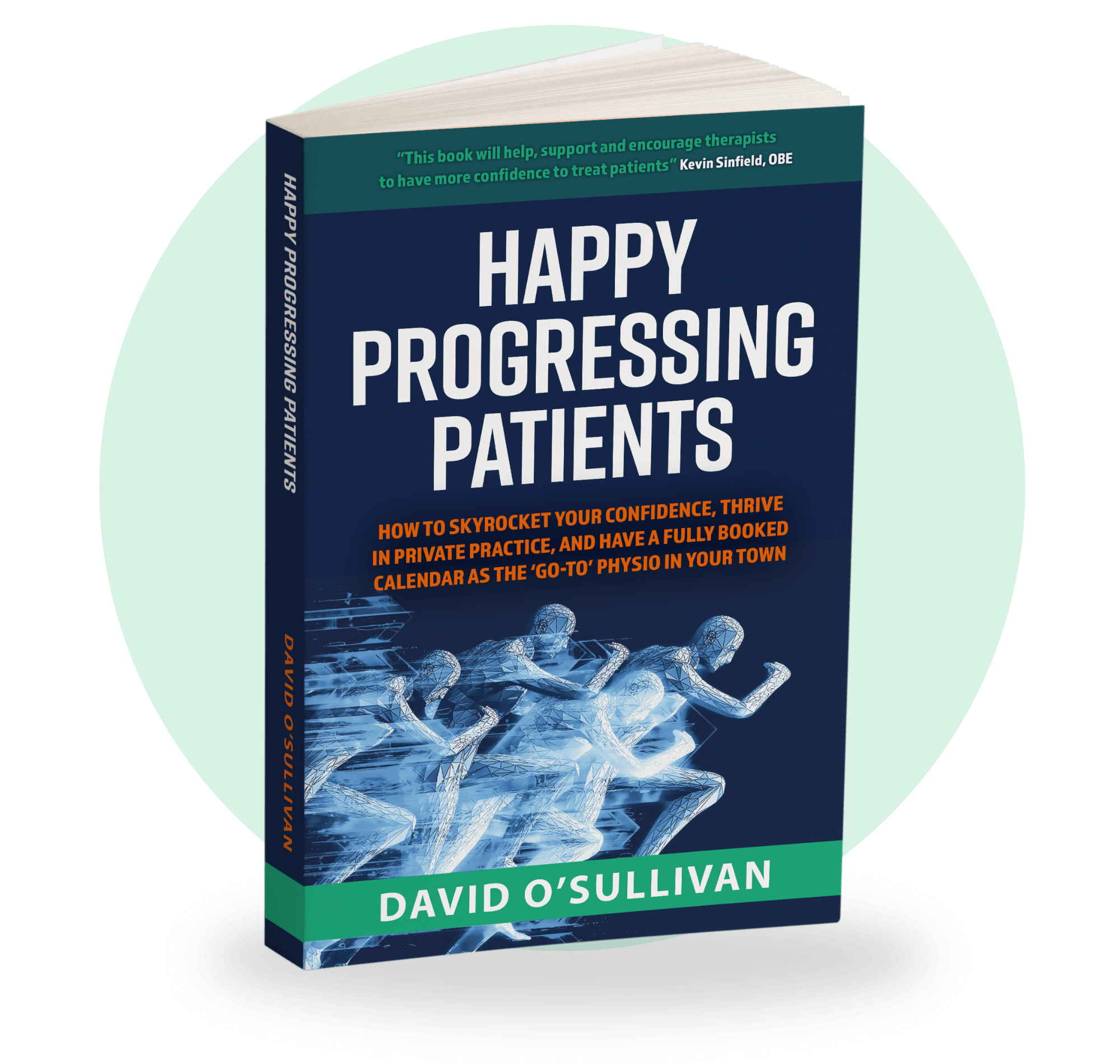
The Importance of Diaphragm and Ribcage Mobility for Low Back, Groin and Hip Patients
Over the last few years I’ve spent countless hours researching, testing, and trying to better understand the importance of the diaphragm and ribcage mobility. The function of the diaphragm and mobility of the ribcage can have such a knock on effect to the rest of the body, and is so important for low back, groin and hip patients. In fact, I’d bet that a few years ago I wasted lots of time treating other tissues with these cases when I could have got much better and faster results by focusing on the ribcage a little bit more.
Diaphragm As a Core Muscle
True core stability comes from a solid coordination between the diaphragm, pelvic floor, transverse abdominis, and multifidus muscles. These deep core muscles, if functioning well together, help to maintain good intra abdominal pressure and form a corset like stability structure around our abdomen. The fibres of the diaphragm that are most important for core stability are the attachments at the spine.
When we consider the diaphragms function with the respiratory system, and then we consider the effects that stress can have on the respiratory system, it’s easy to see how the diaphragm function may be altered during times of stress. This could be physical, lifestyle, or emotional stress. Increased respiratory rate usually leads to an inability to fully exhale (think hyperventilation). If we have dominant inspiration, we are going to drive our ribcage into elevation / extension. In this position, we are going to recruit more of the costal attachments of the diaphragm, and put the spinal attachments (crural fibres) at a poor length tension relationship to do work. This can have a massive impact on the inherent core stability provided by our deep core ‘corset’.
What About The Pelvic Floor?
The diaphragm and pelvic floor work in sync. When the diaphragm contracts and the lungs fill with air, our internal organs need to descend to make space for all of this air, which in turn means the pelvic floor needs to lengthen / descend also. So when the diaphragm function is altered, it will have a knock on effect to the pelvic floor function. Conversely, in response to trauma (e.g. childbirth) the pelvic floor tone can be affected, and this can have a knock on effect to the function of the diaphragm.
I go into detail about the relationship between all of these muscles in this week’s podcast, but needless to say they are very important to consider.
How Can We Help This?
In my experience, I’ve found that by restoring full mobility of the rib cage we can indirectly influence the diaphragm and pelvic floor. Specifically, I spend a lot of time helping people to regain the ability to retract and depress the lower ribcage.
I teach my full system on my mentorship, but for now I advise you to pay very close attention to the ribcage with any lower back or groin patients you are currently treating.
So How Does This Affect Pain?
If our core stability is compromised that stability has to come from somewhere, often the lower back or groin. These tissues in turn then get overworked leading to pain.
Similarly, if it is a stress driven response the ribcage is going to be driven into elevation. This elevation is going to drive anterior tilt of the pelvis which can also have a massive impact on lower back, hip and groin presentations.
So next time you’re treating a patient, particularly if there is an emotional component to their history, be very suspicious of a diaphragm / rib cage mobility problem, and pay particular attention to what the rib cage is doing as they move. Have a listen to this week’s podcast, and watch the video above to find out more about this key relationship.
If you want more help implementing these principles in your practice, more clarity to understand the why behind everything you’re doing and more confidence to bridge the gap with every single complex patient, click the link below, book a FREE strategy call today and we’ll talk you through the exact process we use every single day.
Get Your FREE Copy Of The Amazon #1 Bestseller That Holds The Secret To Confidently Treating Any Patient!
Download a Free ‘ebook’ copy of the 8-Step ‘World Cup’ Treatment Plan that helped my private patients achieve full recovery and made me a ‘go-to’ physio for complex cases…
